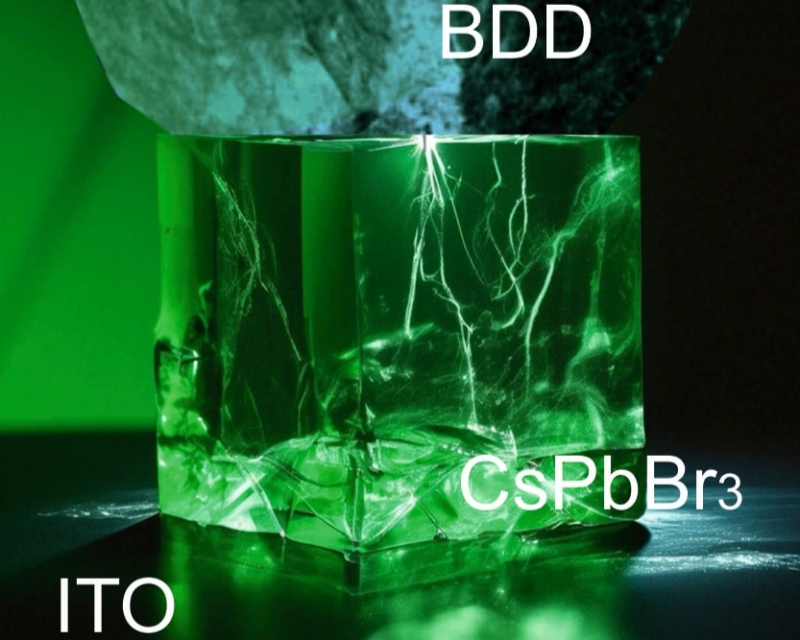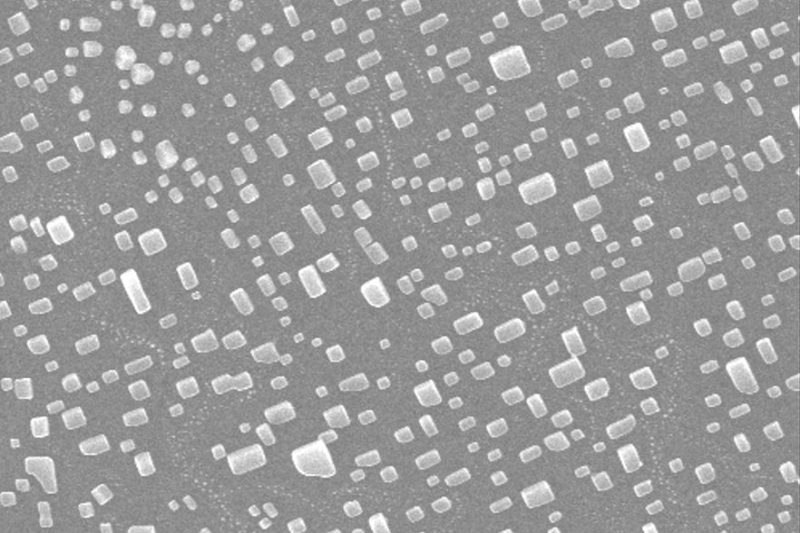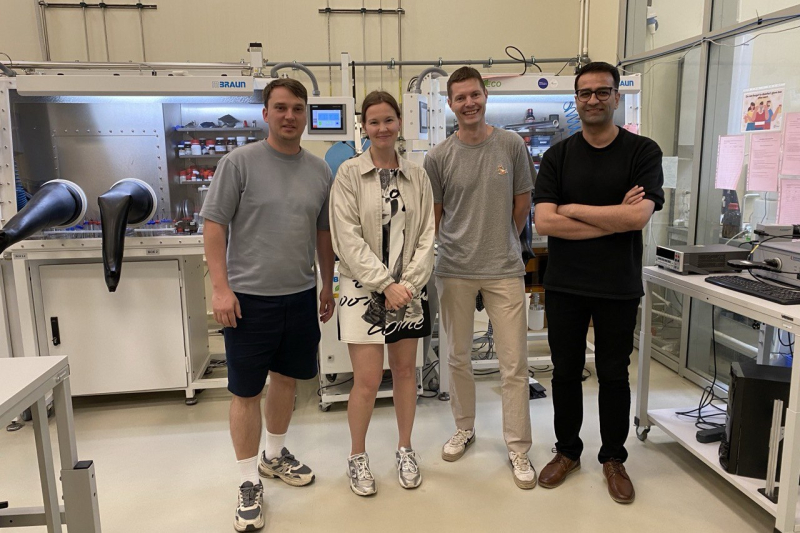Researchers from ITMO and Harbin Engineering University have developed a stable perovskite nanomemristor that can withstand over 1,500 rewrite cycles and doesn’t degrade for months. At the same time, the device broke records in terms of its compact size (130-150 nanometers) and energy consumption (70-80 nanowatt). With this memristor, it’s possible to create fast and energy-efficient ultracompact processors for neuromorphic computing. This study, supported by Russian Science Foundation and Priority 2030, was published in Opto-Electronic Advances.

Photo by crstrbrt / photogenica.ru
For a long time, memristors only existed in theory. In practice, they were first implemented in 2008 thanks to the development of superpure semiconductor materials. Memristors change their resistance depending on the magnitude and direction of the current flowing through them. These devices can be used for information storage or its energy-efficient processing, as they consume less energy than conventional silicon transistors. Consequently, these properties can be used to create energy-efficient information storage and processing systems, including those used in neuromorphic computing, signal processing in AI systems, machine vision, acoustic-speech systems, and biointerfaces.
One type of promising materials for microelectronics, including memristors, are perovskites. However, perovskite-based memristors tend to be unstable and thus unfit for such applications. Their instability stems from the structure of these materials: the widely-used polycrystal perovskite films have borders between crystallites. These borders are permeated by moisture and oxygen, leading to a perovskite’s chemical degradation; this structure also leads to uncontrolled migration of metal ions from electrodes. This leads to non-reproducible switching of the memristor’s state at the same voltage.
A team of scientists from ITMO, Ioffe Institute, and Harbin Engineering University were the first to propose a memristor that can withstand over 1,500 rewrite cycles and won’t degrade after months of operation at room temperature. This reliability and longevity is guaranteed by ohmic inert contacts and monocrystalline nanocubes of cesium-lead bromide (CsPbBr3) as semiconductors. The latter material is one of the most chemically durable lead halide perovskites. Moreover, the monolithic shape of the nanocube ensures the stabilization of electrochemical properties of elements between cycles. The perovskite nanocube itself is placed between indium tin oxide and a boron-doped diamond. These are chemically inert electrodes that also provide stability to the memristor’s switching.

The perovskite nanomemristor: a cesium-lead bromide (CsPbBr3) placed between a boron-doped diamond (BDD) and indium tin oxide (ITO). Image courtesy of Alexandra Furasova

Perovskite nanocrystals on a conducting substrate photographed with a microscope. Photo courtesy of Alexandra Furasova
What’s more, the researchers were able to make their memristor one of the most compact and energy-efficient ever made: at just 130-150 nanometers in size, the perovskite monocrystal requires 70-80 nanowatts of energy. Other similar perovskite-based devices require anywhere from 200 to 35,000 nanowatts. The element also takes less than a millisecond to switch, with a current amplitude of about 4-5 orders of magnitude, making the device reliable and fast.
“Having modelled the behavior of charges inside the nanocrystal, we saw that it’s their accumulation at the electrode border that imbues it with memristor properties. This accumulation of charges creates a dipole moment that changes the energy barrier in the area of the perovskite-electrode contact. This phenomenon makes the resistance switching inside the memristor possible,” explains Alexandra Furasova, an author of the study and a senior researcher at ITMO’s School of Physics and Engineering.

Alexandra Furasova. Photo by Dmitry Grigoryev / ITMO NEWS

The research team (left to right): Segrey Makarov, Alexandra Furasova, Prokhor Alekseev, and Abolfazl Mahmoodpoor. Photo by Dmitry Grigoryev / ITMO NEWS
With the new memristor, it will be possible to produce faster and more energy-efficient ultracompact neuromorphic processors for AI and machine learning. Moreover, single memristors can be assembled into scalable chips (crossbars) to implement the logic and communication of separate semiconductors. In the future, the researchers are planning to conduct experiments on an array of monocrystal perovskite nanocubes and test other materials as semiconductors.
This research project was supported by the Priority 2030 program and the Russian Science Foundation grant No.24-62-00022.
